Bougainvillea is a well-known flowering plant that is known for its bright colors and ability to climb. Bougainvillea is an excellent choice for adding color and texture to your garden or outdoor space. This guide will go over how to grow and care for your plants. We’ll cover everything you need to know to keep your plants healthy and thriving, from selecting the best location for planting to identifying and preventing common diseases and pests. So let’s get this party started!
Bougainvillea Overview
The genus Bougainvillea contains South American native flowering plants. The plant was named after the French explorer Louis Antoine de Bougainville, who discovered it in Brazil in the 18th century. These plants’ bracts are colorful and showy, and they are frequently misidentified as flowers. The bracts can last for several weeks and are available in pink, red, orange, purple, and white.
The majority of bougainvillea plants are climbers with woody, thorny stems that can grow up to 30 feet long. The flowers are small and inconspicuous, surrounded by bright bracts, and the leaves are small and green. There are over 300 different types of bougainvillea, each with unique characteristics.
This plant can be grown both indoors and outdoors, and it thrives in warm, tropical climates. They are a common way to add texture and color to balconies, patios, and gardens. In the section that follows, we’ll go over how to grow and care for Bougainvillea plants, including where to put them, how to prepare the soil, and how much water and fertilizer they require.
Varieties of Bougainvillea
There are many different varieties of Bougainvillea, each with its own unique characteristics and colors. Here are some of the most popular Bougainvillea varieties:

This is the most common Bougainvillea variety, with bright pink or purple bracts.

This type can reach a height of 30 feet and has bracts that are red, pink, orange, or purple.

This type can reach a height of 20 feet and has bracts that are a vivid pink or magenta color.

This variety has small, cream-colored flowers and can grow up to 30 feet tall.
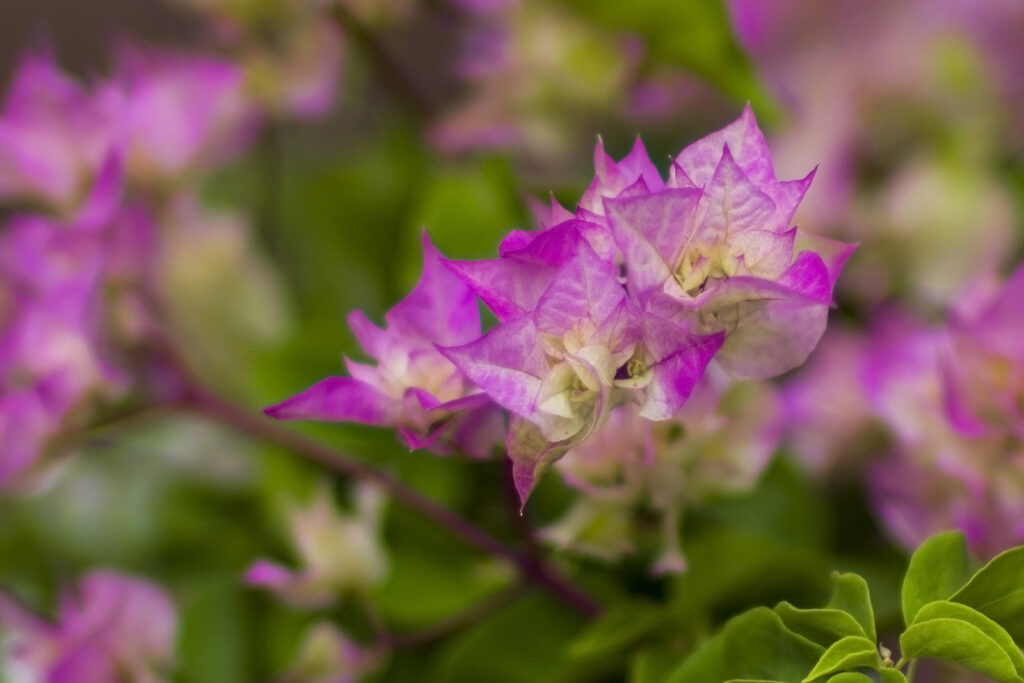
This cultivar can reach a height of 20 feet and has bracts that are a vivid pink or purple color.

This cultivar can reach a height of 15 feet and has dark purple bracts.
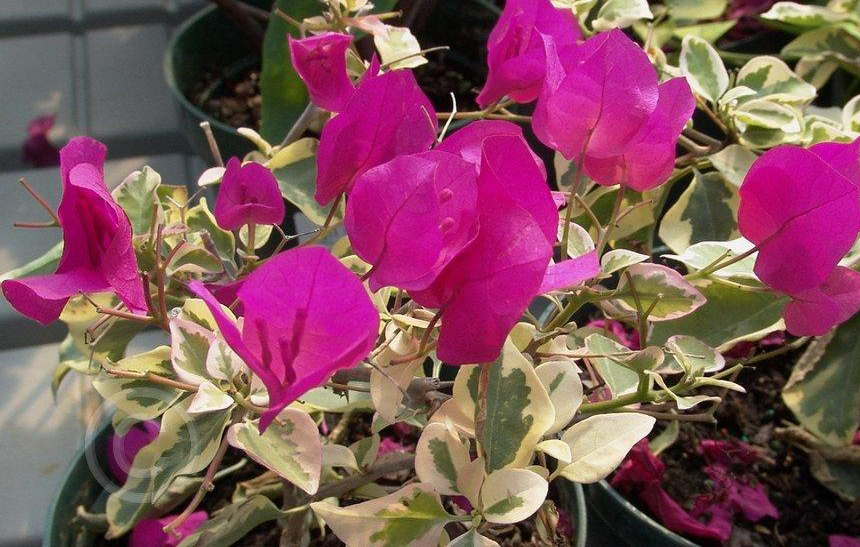
This variety has pink and white bracts and can grow up to 15 feet tall.
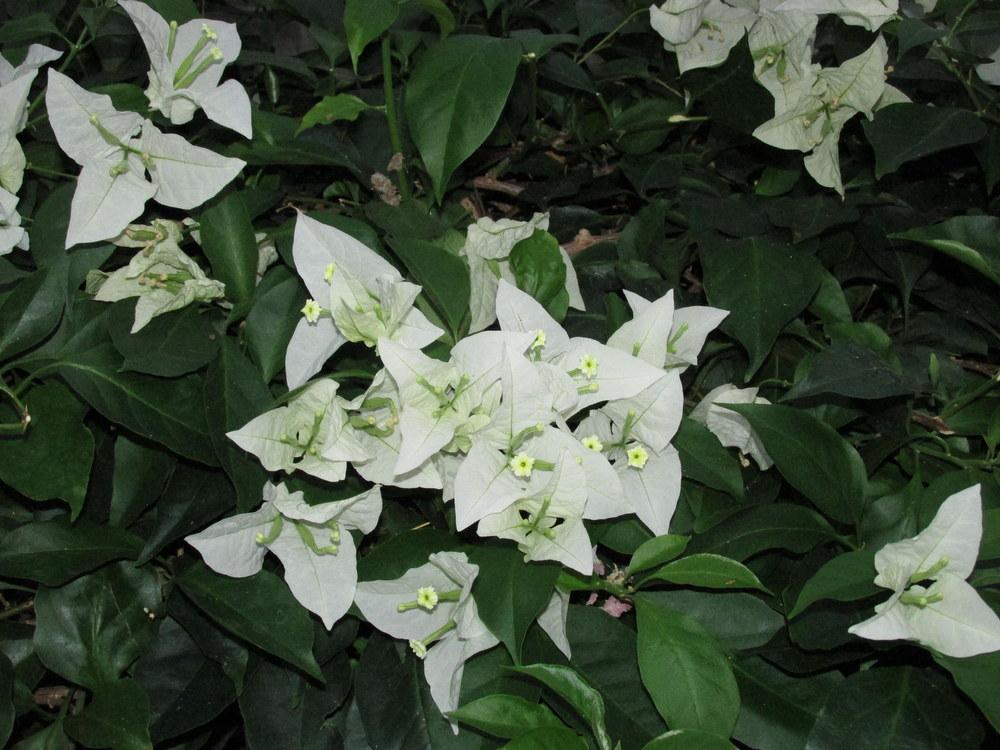
This variety has white bracts and can grow up to 15 feet tall.

Next is that this variety has orange leaves and can grow up to 20 feet tall.

And the last thing is this variety has yellow leaves and can grow up to 20 feet tall.
These are just a few of the many Bougainvillea varieties available. Each variety has its own unique beauty and characteristics, so it’s worth exploring different options to find the perfect Bougainvillea for your garden or outdoor space.
Bougainvillea Planting
If you want to grow bougainvillea, there are a few things you should consider to ensure that your plant thrives. The following tips will assist you in growing and maintaining your bougainvillea:
- Choose a location that receives at least six hours of direct sunlight per day for bougainvillea plants to thrive. Make sure the soil in the planting area is loose and well-draining, as they prefer it as well.
- To improve soil fertility and drainage, incorporate some organic matter, such as compost or aged manure. You can also add a slow-release fertilizer to the soil to provide the nutrients your plant requires to grow.
- When planting your plant, make sure to leave at least three feet between them to allow for proper air circulation. After planting, thoroughly water the plant and continue to water it on a regular basis to keep the soil moist but not waterlogged.
- This plant requires regular fertilization in order to thrive. Apply a balanced, slow-release fertilizer every two to three months to give your plant the nutrients it needs during the growing season.
- Finally, pruning and training are essential for keeping your Bougainvillea in good shape and encouraging healthy growth. You can prune your bougainvillea in the spring or fall to remove any dead or damaged branches and shape the plant to your liking. You can also teach your bougainvillea to climb a trellis or other support structure by gently tying the stems to the structure as they grow.
Using the advice in this article, you can grow a Bougainvillea plant that will brighten up and add color to your outdoor space.
Common Pests and Diseases
Bougainvillea, like all plants, is susceptible to a variety of diseases and pests. Here are some of the most common problems to be aware of:
Diseases
Powdery mildew is a fungal disease that causes a white or gray powdery coating on the leaves and stems of plants. High humidity or poor air circulation can both contribute to it. To avoid powdery mildew, keep your plant well-ventilated and avoid overhead watering. Powdery mildew can also be treated with a fungicide spray.
Leaf spot is a fungal infection that causes brown or black spots on the leaves. Overwatering or poor drainage can both cause it. To avoid leaf spot, place your plant in well-drained soil and avoid overhead watering. A fungicide spray can also be used to treat leaf spot.
Bacterial blight: Bacterial blight causes brown or black spots on the leaves and stems of plants and can eventually kill them. Overwatering or poor drainage are to blame. To avoid bacterial blight, plant in well-draining soil and avoid overhead watering. Because bacterial blight has no cure, infected plants should be removed and destroyed to prevent the disease from spreading.
Pests
Aphids are tiny, soft-bodied insects that live on the leaves and stems of Bougainvillea plants. They sucking the plant’s sap, causing the leaves to curl and yellow. Aphids can be controlled by spraying your plant with a strong stream of water or using insecticidal soap.
Scale insects are small, oval-shaped insects that live on the leaves and stems of plants. They expel a sticky substance that attracts ants and turns the leaves yellow. A horticultural oil spray or insecticidal soap can be used to control scale insects.
Spider mites: Spider mites are tiny, spider-like insects that live on the undersides of Bougainvillea plant leaves. They suck the plant’s sap, causing the leaves to yellow and fall off. Spider mites can be controlled by spraying your plant with a strong stream of water or using a miticide spray.
You can help keep your plant healthy and vibrant by keeping an eye out for these common diseases and pests.
Propagation
Propagation is an excellent method for growing more Bougainvillea plants. Here are some tips for propagating Bougainvillea:
Cutting Propagation
The most common method of propagating Bougainvillea is through cuttings. Here’s how to go about it:
- Take a healthy Bougainvillea plant cutting. The cutting should be approximately six inches long and have several leaves.
- Remove the leaves from the cutting’s bottom two inches.
- Dip the cutting’s cut end in rooting hormone powder.
- Plant the cutting in a well-draining potting mix in a pot.
- Place the cutting in a warm, bright location and thoroughly water it.
- Keep the soil moist while you wait for roots to grow. This process can take several weeks.
- You can transplant the cutting into a larger pot or into your garden once it has rooted.
Layering Propagation
Another method of propagating Bougainvillea is by layering. Here’s how to go about it:
- Choose a mature, healthy Bougainvillea plant.
- Find a low-growing branch that can be bent all the way to the ground.
- Make a small cut where the branch meets the ground.
- Bury the cut branch section in the soil, leaving the branch tip exposed.
- Water the area thoroughly and then cover it with mulch.
- Allow for the formation of roots. This process can take several months.
- After the branch has rooted, cut it from the parent plant and transplant it into a larger pot or your garden.
By following these guidelines, you can propagate Bougainvillea and grow more of these lovely plants for your home or garden.
Last but not least, this plant is a beautiful and colorful plant that can brighten up any garden or outdoor space. You can help your plant thrive by selecting the best location, preparing the soil, and providing your plant with the necessary nutrients and care. Furthermore, keep an eye out for common pests and diseases, and propagate your plant if you want to increase its size. If you keep these tips in mind, you can enjoy the beauty of Bougainvillea for many years to come.

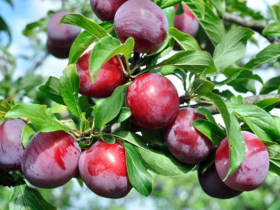
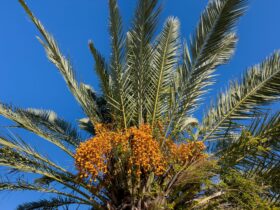
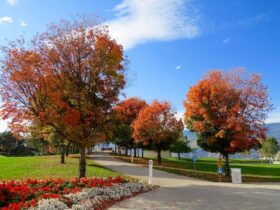
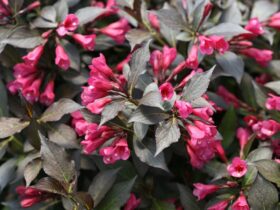
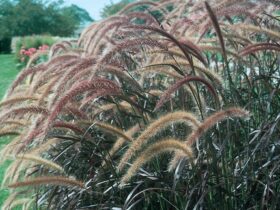
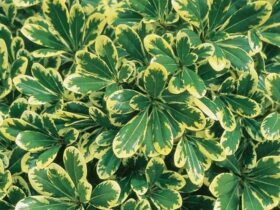

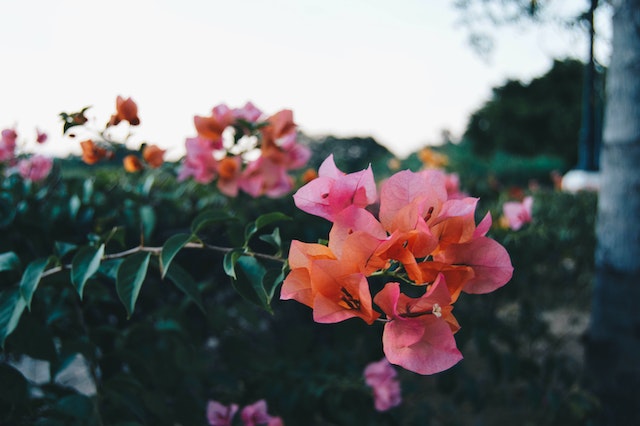


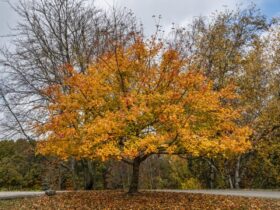
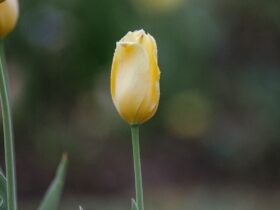
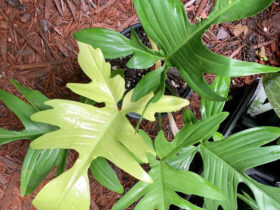
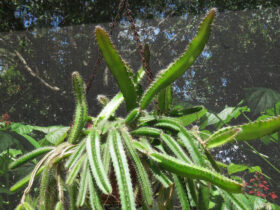
Leave a Reply